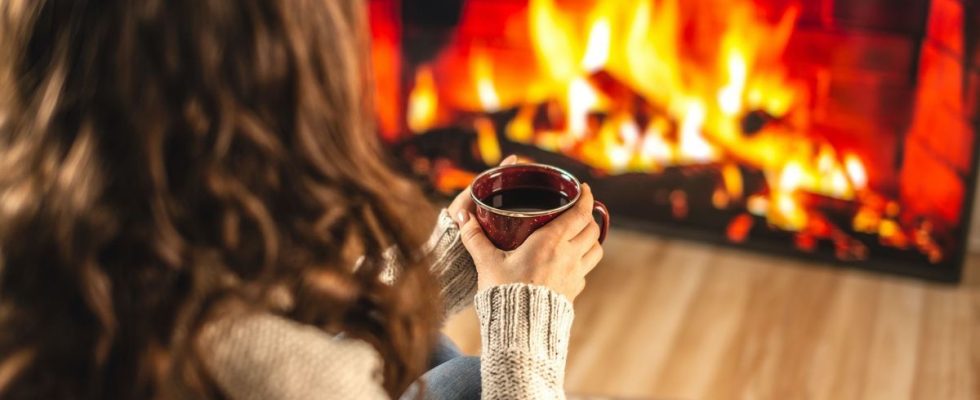Published on
Updated
Reading 2 min.
in collaboration with
Liath Guetta (pulmonologist)
While electricity prices continue to rise, the alternative of heating with wood would be harmful to health and would expose women in particular to the risk of lung cancer according to a new study. Dr. Liath Guetta, pulmonologist, tells us more.
It’s good to warm up in front of a fireplace or a wood stove, especially since the price of gas and electricity is exploding. But if this alternative is good for the wallet and morale, it is much less so for your health, as confirmed by a study published last August.
Heating with wood, even occasionally, carries risks
The study in question focused on risks in women, using a cohort of 50,000 women living in the United States whose sisters had breast cancer (called the Sister Study). Each person was able to detail whether they had a fireplace or a wood stove in their home and the frequency of use. Also taken into account were the main source of heat and the main source of energy used in their cooking. Finally, the researchers compared their medical records.
According to the observations made, the study indicates here that:
- Using a wood stove or fireplace increases the risk of lung cancer by 43% in women compared to those who do not use this type of heating;
- If the use of a wood stove exceeds more than 30 days per year the risk of lung cancer increases by 68% compared to others;
- Heating with gas or propane in stoves and fireplaces is also associated with an increased risk of lung cancer, but much less than heating with wood.
“Our study shows that even occasional indoor burning of wood in stoves and fireplaces may contribute to lung cancer in populations where indoor burning of wood is not the predominant fuel source for cooking or heating. inside the house” specified Suril Mehta, epidemiologist and lead author of the study, to the newspaper The Guardianin October.
Do not think of wood heating as a daily alternative
Questioned on the subject, Dr Liath Guetta, pulmonologist and member of our Doctissimo expert committee, confirms the causal link, and the lessons to be learned.
“The results of this study are not surprising since the combustion linked to a chimney fire, or to the combustion of wood in short, releases a lot of carcinogenic molecules, charcoal, benzene, in short, quite unpleasant things” , she explains, “Moreover, we now know that 20% of lung cancers do not come from tobacco, but from air pollution. Combustion is one of them.”
But then, are the evenings by the fire over? It’s a question of frequency that is important to ask according to our expert.
“It’s not because there is an ‘incidence’ that we have to stop everything, but there is a difference between a, say, festive, occasional chimney fire, once a week, which will only have a little of risks, and daily use, in a closed place, with little ventilation in winter. However, the problem that arises today with the price of gas and electricity is wanting to heat differently to reduce the bill. And as such, heating with wood every day is a very bad idea.”
According to estimates from Public Health France, in fact, 40,000 deaths are attributable each year to fine particles, of which domestic wood heating is the leading emitter in the country.
